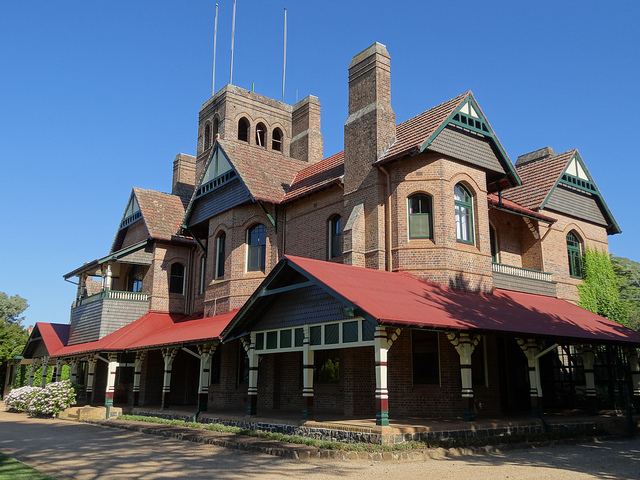Booloominbah is a late Victorian mansion situated at the University of New England in Armidale, New South Wales, Australia, and it is one of the most avant-garde domestic Arts and Crafts style designs of the 19th century. It was designed for Frederick Robert White in about 1882 by Canadian-born Sydney architect John Horbury Hunt and built by local building contractors William Seabrook and John Brown.
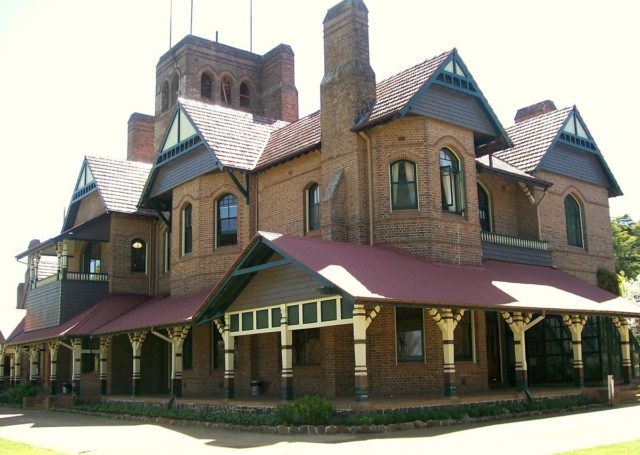
The first plans for Booloominbah were completed in 1882 or early 1883 and revised before tenders were called for the construction in November 1883. The White family did not move in until 1888 due to the extensive nature of the interior decorations.
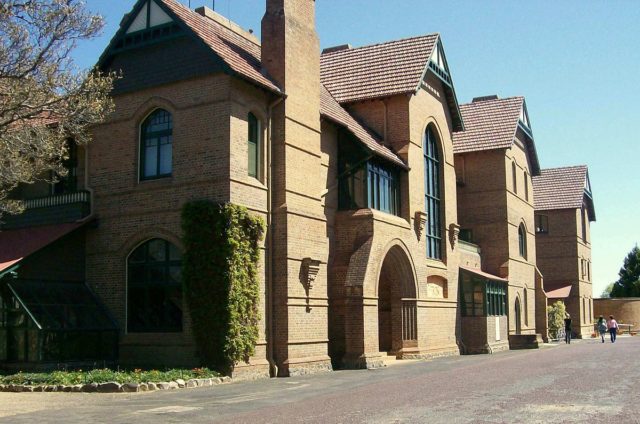
The White family occupied the house until 1933. The property was granted by White’s son-in-law Thomas Richmond Foster to the University of Sydney and became the New England University College of the University of Sydney in 1938 and then the University of New England in 1954. The building now houses the offices of the University’s senior management, including the Vice-Chancellor’s office.
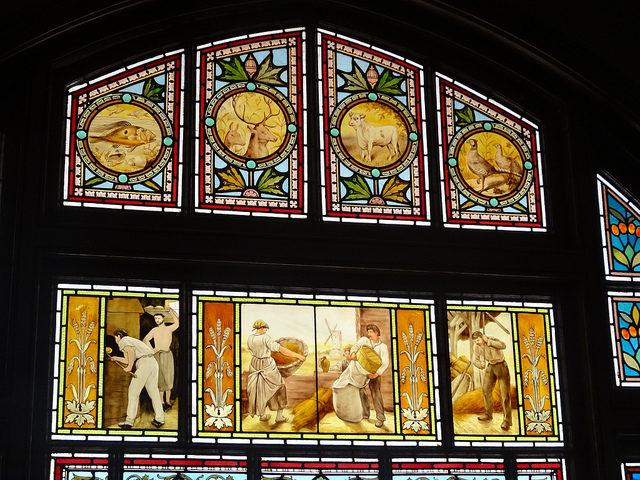
As well as being large, it is also extravagant in decoration, in particular, the use of stained glass. The building has several stained glass windows including the Gordon Window above the main staircase, installed about 1901, which commemorates the life and death of Charles George Gordon of Khartoum, who was beheaded in 1885 by the forces of Muhammad Ahmad.
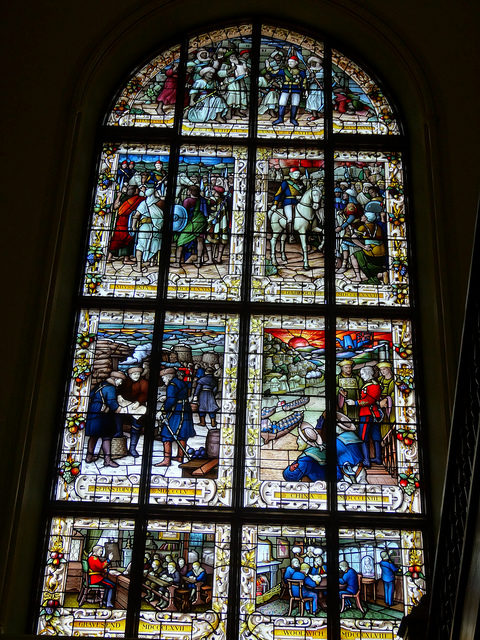
Booloominbah reflects the Gothic revivalist influences of the ‘Queen Anne’ style that emerged in England and the United States in the last half of the 19th century. Recent refurbishment has restored much of the original decoration. The building has National Trust classification, as well as being listed on the Register of the National Estate.
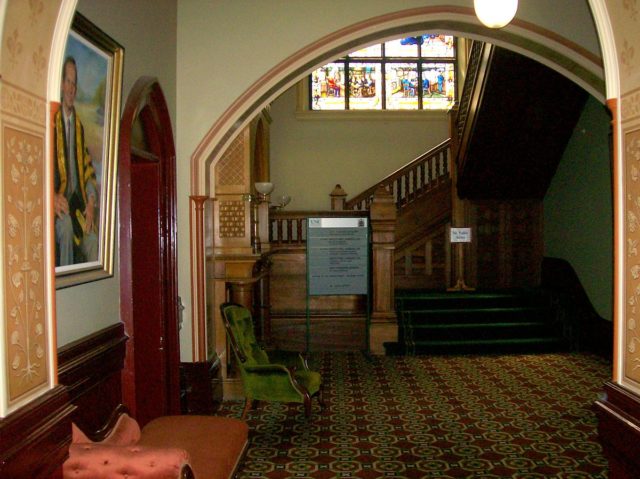
This is a rare regional antiquities museum for Australia. Its collections began in 1959 when the university established its Department of Classics. It has antiquities from the Middle East, the Mediterranean, South East Asia, and the Pacific. The Booloominbah Collection is located in the west wing in the area of the original College dining room.
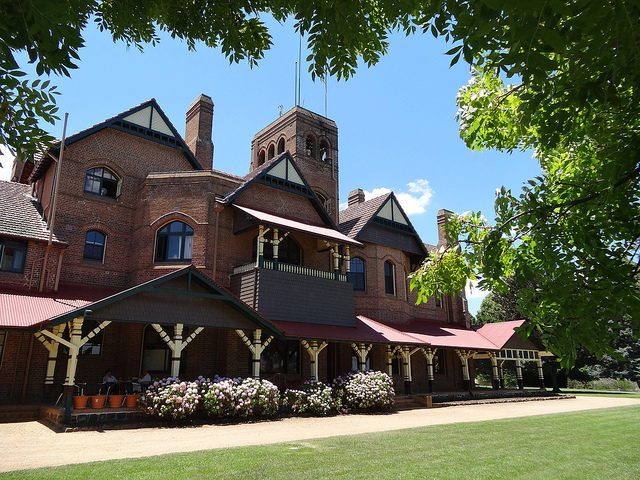
This fascinating mansion has been described as being “perhaps Hunt’s greatest achievement in the field of domestic architecture.”
